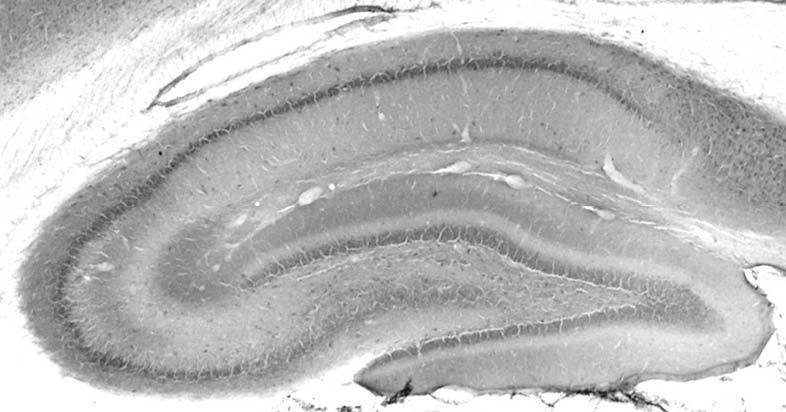Anti-MESD Antibody (N88/12)
Our Anti-MESD mouse monoclonal primary antibody from NeuroMab is produced in-house from hybridoma clone N88/12. It detects human, mouse, and rat MESD, and is purified by Protein A chromatography. It is great for use in IHC, ICC, IP, WB.
Human, Mouse, Rat
ELISA, ICC, IHC, IP, WB
Mouse
SKU: 75-129
Ships: 1-2 business days
Product Details
MESD
Mesoderm Development LRP Chaperone is encoded by the gene MESD. MESD is a member of the MESD family. MESD is a chaperone specifically assisting the folding of beta-propeller/EGF modules within the family of low-density lipoprotein receptors (LDLRs). MESD acts as a modulator of the Wnt pathway through chaperoning the coreceptors of the canonical Wnt pathway, LRP5 and LRP6, to the plasma membrane. MESD is essential for the specification of embryonic polarity and mesoderm induction. MESD plays an essential role neuromuscular junction (NMJ) formation by promoting cell-surface expression of LRP4. MESD is expressed in many tissues, but not in skeletal muscles. Diseases associated with MESD include Osteogenesis Imperfecta, Type Xx and Epilepsy, Nocturnal Frontal Lobe, 2.
Purified by Protein A chromatography
1 mg/mL
Monoclonal
N88/12
IgG2b
ELISA, ICC, IHC, IP, WB
Mouse
Mesd Mesdc2
26 kDa
Fusion protein amino acids 30-95 and 118-180 (lacking VSD domain) of mouse MESD (accession number Q9ERE7) produced recombinantly in E. Coli
Mouse
Human, Mouse, Rat
AB_2143727
Aliquot and store at ≤ -20°C for long term storage. For short term storage, store at 2-8°C. For maximum recovery of product, centrifuge the vial prior to removing the cap.
Liquid
Produced by in vitro bioreactor culture of hybridoma line followed by Protein A affinity chromatography. Purified mAbs are >90% specific antibody.
10 mM Tris, 50 mM Sodium Chloride, 0.065% Sodium Azide pH 7.56
Unconjugated
No cross-reactivity reported
Each new lot of antibody is quality control tested by western blot on rat whole brain lysate and confirmed to stain the expected molecular weight band.
These antibodies are to be used as research laboratory reagents and are not for use as diagnostic or therapeutic reagents in humans.
United States
24 months from date of receipt
LRP chaperone MESD (LDLR chaperone MESD) (Mesoderm development candidate 2) (Mesoderm development protein)
Shipped on ice packs




